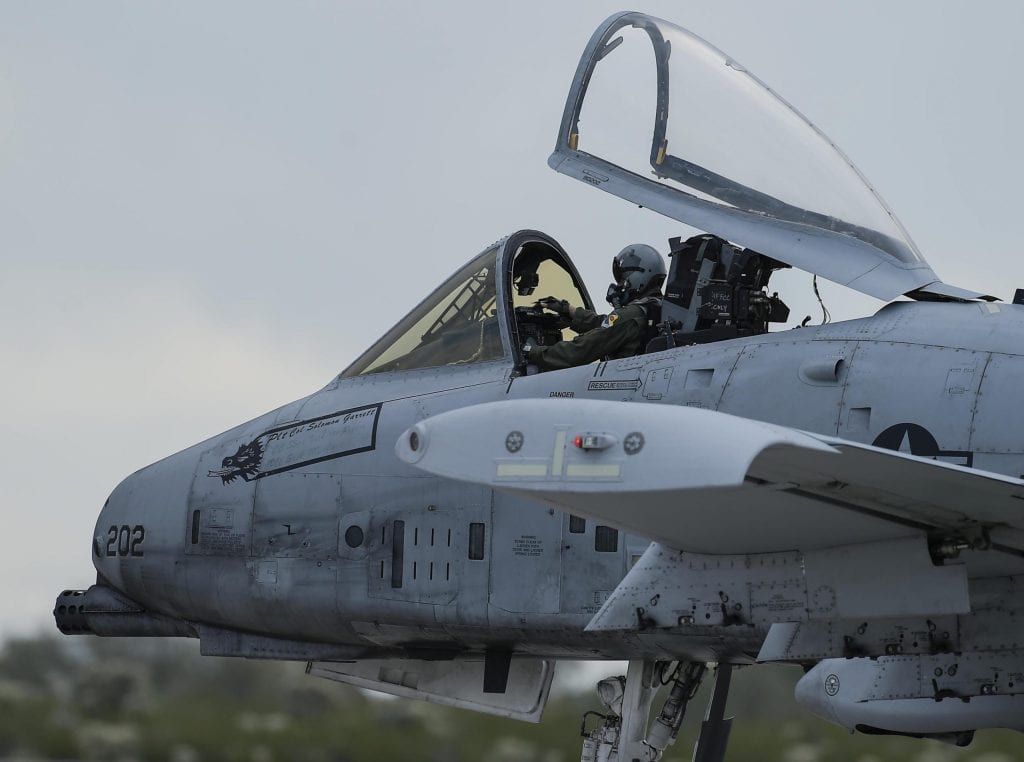Whats Your Status?

Anyone who is new to the Air National Guard (ANG) can attest to this simple fact, understanding who you work for on any given day is extremely confusing. Heck, it can be confusing for those that have been in the Guard for several years. In order to clear up some of that confusion, let's take a look at how different laws affect a Guard member’s duty status, pay and who they ultimately work for while performing their military duty.
There are two laws that come into play when dealing with the National Guard: U.S. Code Title 10 “Armed Forces” and U.S. Code Title 32 “National Guard”. Title 10 establishes and defines the role of the active duty Army, Navy, Marine Corps, Air Force and their Reserve Components. Title 32 establishes and defines the role of the State Militia or National Guard. The National Guard is made up of two separate branches, the Army National Guard and the Air National Guard. Each of the United States, the Commonwealth of Puerto Rico, the District of Columbia, Guam, and the Virgin Islands have a National Guard. The National Guard is both a state militia and reserve component of the active duty military. As a result, both Title 10 and Title 32 apply to the National Guard.
As a member of the National Guard, there are three different ways to perform full time duty:
State Active Duty (SAD)
Command Authority: State Governor
Duty Performed By: State Militia
Duty Location: Within the Individual State or Territory
Pay: In Accordance with Individual State Law
Retirement Credit: In Accordance with Individual State Law
Under normal operations, the chain of command for members the National Guard extends up to the governor of that individual state. In order to respond to natural disasters and homeland security threats, state governors have the ability to call their state militias to active duty. Known as State Active Duty, guardsmen have the ability help provide humanitarian relief as well as the ability to augment local law enforcement officers in the case of civil unrest. When a governor decides to call a militia to State Active Duty, the state is financially responsible for paying it’s militia members. Individual laws that determine actual pay rates and retirement credit (points) vary by state.
Title 32: Full Time National Guard Duty
Command Authority: State Governor
Duty Performed By: Federally Recognized Militia
Duty Location: United States and its Territories
Pay: Federal Pay based on Rank & Longevity, Allowance for Subsistence & Housing plus Incentive Pay
Retirement Credit: One Retirement Point per Day
Under certain circumstances state governors can petition the federal executive branch to call their state militia to “Full Time National Guard Duty” to assist with Homeland Defense or natural disaster relief. Under Title 32 status, the state governor maintains command over the National Guard. While in practice it appears to be the same as State active Duty, it is the federal government that funds the duty. In addition to earning one retirement point per day during Full Time National Guard Duty, Guard members also receive pay, housing allowance, subsistence allowance and incentive pay (i.e. Aviation Career Incentive Pay, also know as Flight Pay) based on rank and longevity in accordance with federal military pay charts.
Title 10: Active Duty
Command Authority: President of the United States
Duty Performed By: Active Duty Military, Reserve Component & National Guard
Duty Location: Worldwide
Pay: Federal Pay based on Rank & Longevity, Allowance for Subsistence & Housing plus Incentive Pay
Retirement Credit: One Retirement Point per Day







